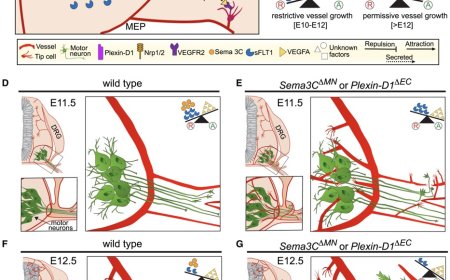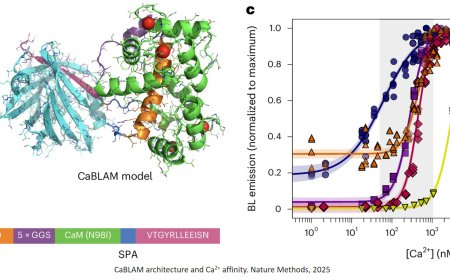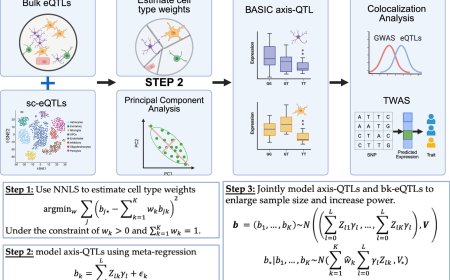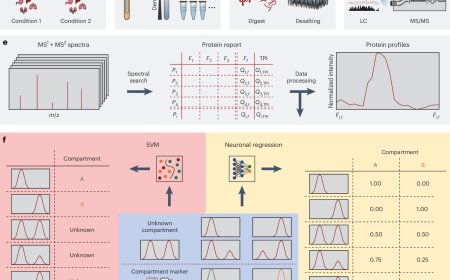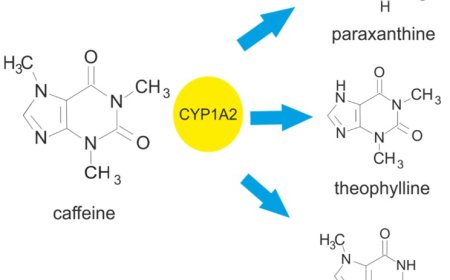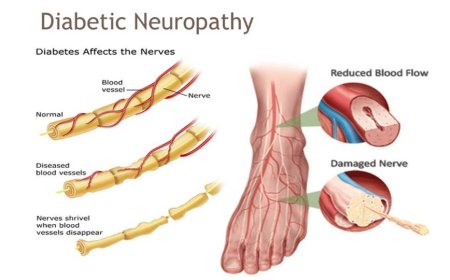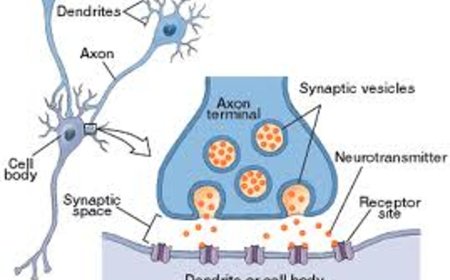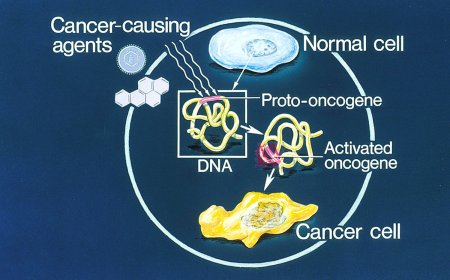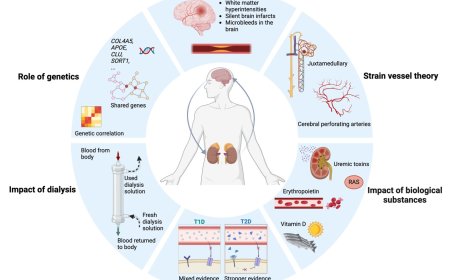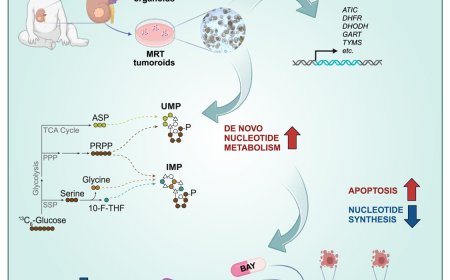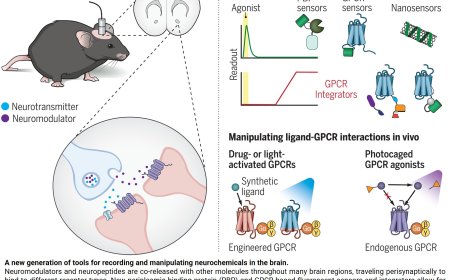Pro and anti-inflammatory signaling in headache!
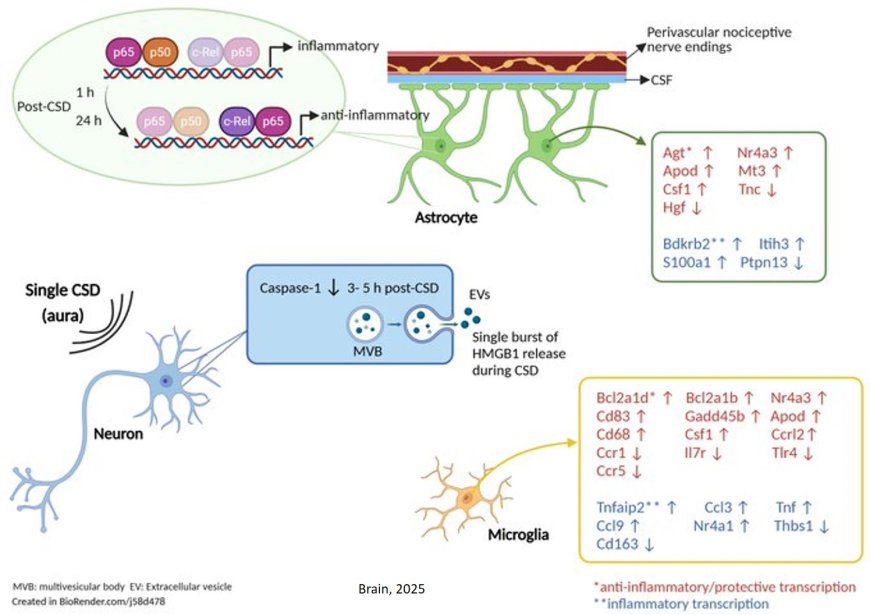
Cortical spreading depolarization is thought to trigger migraine headache through inflammatory signals in the brain and meninges.
Using a mouse brain model, the researchers explore the mechanisms that suppress the neuroinflammatory response initiated by CSD.
The researchers show that after the initial burst, HMGB1 release from neurons ceased, and caspase-1 activation, which peaked 1-hour post-CSD, diminished within 3-5 hours. This suggests that pro-inflammatory stimuli driving inflammatory signaling decreased within hours after CSD.
Pro-inflammatory NF-κB p65:p50 pairs, along with anti-inflammatory cRel:p65 pairs, were detected in astrocyte nuclei shortly after CSD. However, 24 hours post-CSD, the former had disappeared while the latter persisted, indicating a shift from pro-inflammatory to anti-inflammatory activity in astrocytes.
The authors also demonstrate that microglia exhibited transcriptional changes trending towards an anti-inflammatory profile, along with upregulation of several chemokines and cytokines (e.g., TNF). This suggests that microglia may play a role in supporting the inflammatory responses in astrocytes through the release of these mediators. The upregulation of genes involved in chemotaxis (e.g., Ccl3) and spine pruning (e.g., C1q) in microglia implies that microglia may contribute to synaptic repair, while inflammatory signaling in astrocytes could potentially modulate meningeal nociceptor activity through an extensive astrocyte endfeet syncytium abutting subarachnoid and perivascular spaces although direct evidence remains incomplete.
https://academic.oup.com/brain/advance-article/doi/10.1093/brain/awaf015/7959799
